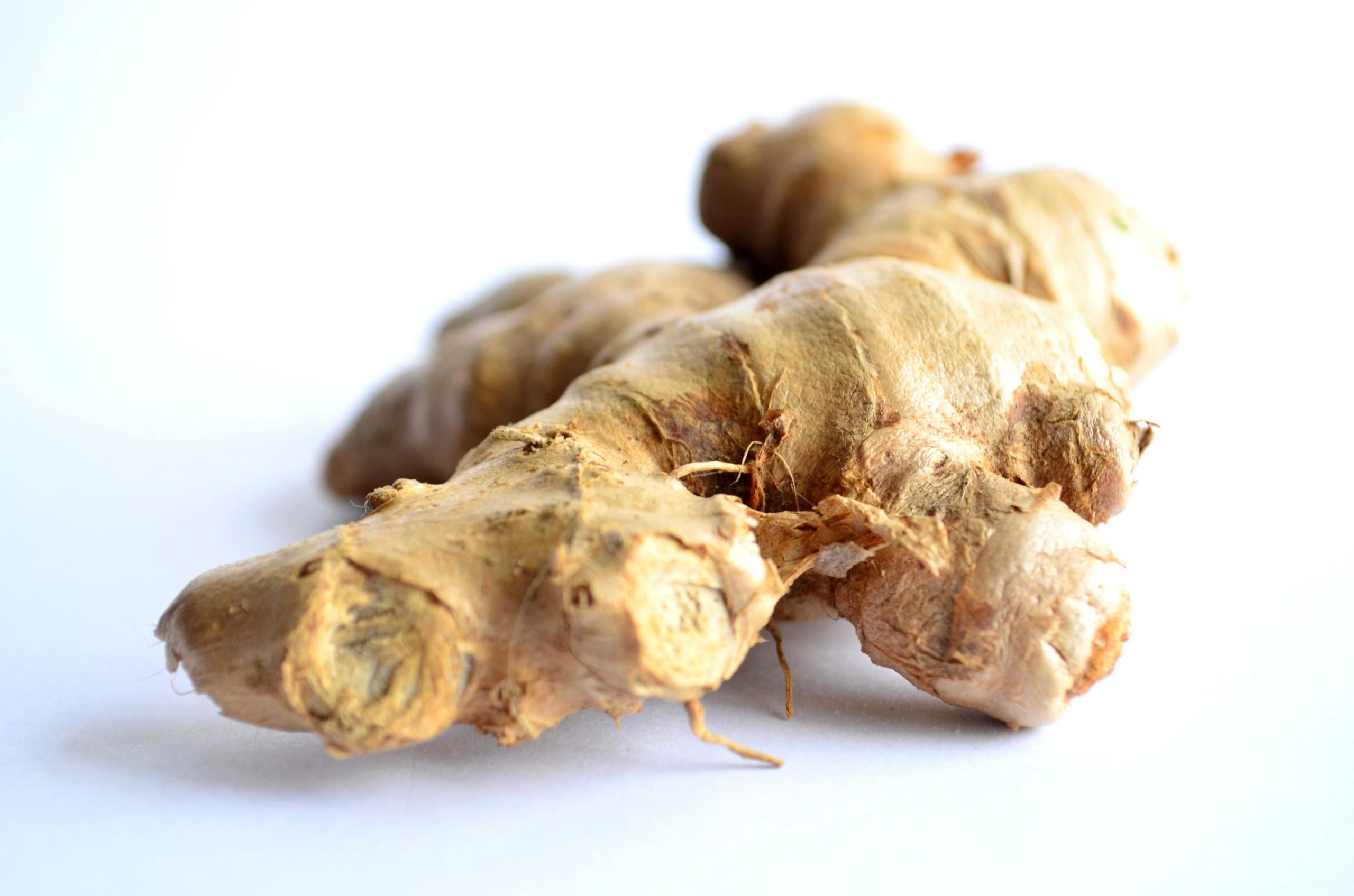
Hello, cheese lovers! In today’s post, we’re shining the spotlight on mozzarella cheese and its suitability for the ketogenic diet. Mozzarella is a beloved cheese known for its creamy texture and mild flavor. But is it a good choice for your low-carb, high-fat lifestyle? Join us as we delve into the world of mozzarella, exploring its nutritional profile, its impact on ketosis, its health benefits, creative uses, and providing you with delicious ideas on how to incorporate this keto-friendly cheese into your meals. Get ready to indulge in the cheesy goodness while staying true to your keto goals! 🧀🥦
Unveiling the Nutritional Profile of Mozzarella 🌱📊
Mozzarella cheese is a versatile dairy product that is widely used in various cuisines. Let’s take a closer look at its nutritional composition:
- Fat Content: Mozzarella is a high-fat cheese, which makes it a great option for those following a ketogenic diet. The fat content in mozzarella can range from 18% to 25%, depending on the variety. The high fat content provides a rich and creamy taste while helping to keep you satiated and satisfied on your low-carb journey.
- Protein: Mozzarella is also a good source of protein, which is essential for supporting muscle growth and repair. It contains approximately 6 grams of protein per ounce, making it a valuable addition to your daily protein intake.
- Carbohydrates: One of the best aspects of mozzarella cheese for keto dieters is its low carbohydrate content. It typically contains less than 1 gram of carbohydrates per ounce, making it a favorable choice to fit into your daily carb limit while staying in ketosis.
- Calcium: Mozzarella is rich in calcium, a vital mineral for maintaining healthy bones and teeth. Consuming mozzarella as part of your keto diet can contribute to your daily calcium intake.
- Vitamins and Minerals: Mozzarella also contains essential vitamins and minerals, including vitamin B12, vitamin A, phosphorus, and selenium. These nutrients play important roles in various bodily functions, such as immune support and cell health.
Mozzarella and Ketosis: Impact and Considerations 🔥🧀
When it comes to the ketogenic diet, mozzarella cheese can be a valuable asset. Here are a few key considerations to keep in mind:
- Fat and Protein Content: Mozzarella’s high fat and moderate protein content align well with the macronutrient ratios of the ketogenic diet. The combination of fats and protein can help promote satiety and provide a sustained source of energy while keeping your carbohydrate intake low.
- Quality and Ingredients: Opt for high-quality mozzarella made from whole milk, as it tends to have a richer taste and higher fat content. Avoid mozzarella varieties that contain added fillers, such as starch or other additives, as they can increase the carb content and impact your ability to stay in ketosis. Reading labels and choosing mozzarella made from natural ingredients is the best way to ensure you’re making a keto-friendly choice.
- Portion Control: While mozzarella is low in carbs, it’s important to practice portion control to stay within your daily macronutrient goals. Keep in mind that calories can add up quickly, so be mindful of the amount of mozzarella you consume in a sitting. A moderate serving size of mozzarella is typically around 1-2 ounces, depending on your individual macronutrient needs and calorie intake.
- Individual Tolerance: Some individuals may have sensitivities or intolerances to dairy products, including mozzarella cheese. If you notice any adverse reactions after consuming mozzarella, such as digestive discomfort or skin issues, consider opting for lactose-free or dairy-free alternatives. It’s essential to listen to your body and make adjustments based on your individual needs and preferences.
Delicious Ways to Enjoy Mozzarella on Your Keto Journey 🍕🧀
Now that we’ve covered the nutritional aspects and considerations of mozzarella on keto let’s explore some mouthwatering ideas on how to incorporate this keto-friendly cheese into your meals:
- Caprese Salad: Create a simple and elegant Caprese salad by layering slices of fresh mozzarella, ripe tomatoes, and basil leaves. Drizzle with extra-virgin olive oil, sprinkle with sea salt and cracked black pepper, and enjoy the delightful combination of flavors. This refreshing salad can be enjoyed as a side dish or a light meal on its own.
- Low-Carb Pizza: Whip up a homemade low-carb pizza using a keto-friendly crust, such as a cauliflower crust or a fathead dough made with mozzarella and almond flour. Top it with your favorite low-carb pizza sauce, more mozzarella cheese, and your preferred keto-friendly toppings. Bake until the cheese is melted and bubbly, and savor a guilt-free pizza night.
- Stuffed Mozzarella Meatballs: Elevate your meatball game by stuffing them with mozzarella cheese. Mix ground beef or pork with your desired seasonings, shape the mixture into meatballs, and place a cube of mozzarella in the center of each meatball. Bake or pan-fry until cooked through, and enjoy the melty surprise of mozzarella in every bite. Serve with a low-carb tomato sauce or enjoy them on their own.
- Mozzarella-Stuffed Chicken: Take your chicken breasts to the next level by stuffing them with mozzarella and herbs. Cut a slit into the side of each chicken breast, stuff with slices of mozzarella, and secure with toothpicks. Season with your favorite herbs and spices, then bake or grill until the chicken is cooked and the cheese is oozing. Serve with a side of roasted vegetables or a fresh salad.
- Mozzarella Salad Wraps: Create a refreshing and keto-friendly wrap by wrapping slices of mozzarella, fresh basil leaves, and slices of tomato with lettuce or cabbage leaves. Drizzle with balsamic glaze or a keto-friendly dressing for added flavor. This wrap makes for a light and satisfying lunch option.
Conclusion: Mozzarella Cheese – A Keto-Friendly Delight 🧀🥦
Mozzarella cheese is a versatile and delicious addition to the ketogenic diet. With its high fat content, low carbohydrate count, and beneficial nutrients, mozzarella can be enjoyed as a part of your low-carb, high-fat lifestyle. Remember to choose high-quality mozzarella, practice portion control, and consider your individual tolerance. Embrace the cheesy goodness of mozzarella and elevate your keto meals with its creamy texture and mild flavor. Whether in salads, pizzas, or stuffed recipes, mozzarella is a keto-friendly cheese powerhouse that can take your low-carb journey to a whole new level! 🌱🍕












